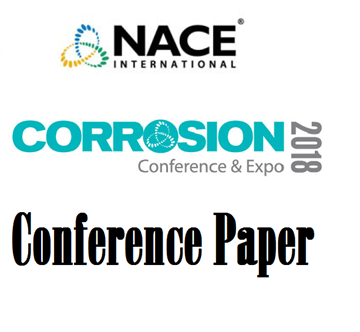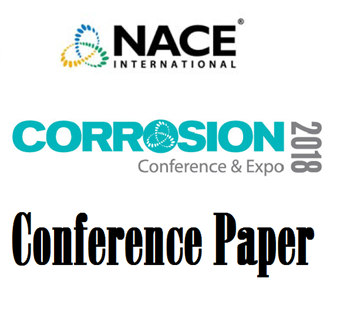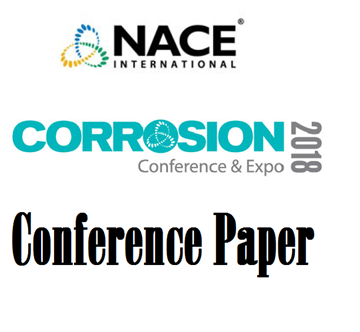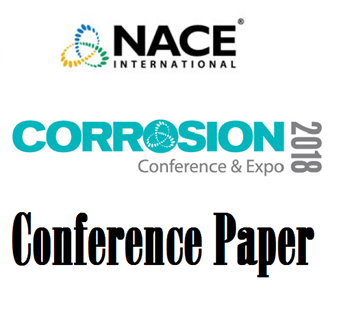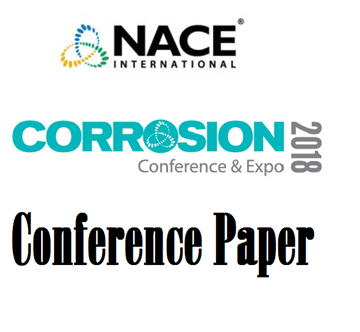Search
Products tagged with 'scc'
View as
Sort by
Display
per page
51317--9596-Carbonate SCC Experiences in Unusual Locations
Product Number:
51317--9596-SG
ISBN:
9596 2017 CP
Publication Date:
2017
$20.00
51318-10574-A computational approach to assess the sensitization propensity of stabilized stainless steels
Product Number:
51318-10574-SG
Publication Date:
2018
$20.00
51318-10701-Stress Corrosion Cracking of Stainless Steel in Heavy Black Liquor - Mill Experience.
Product Number:
51318-10701-SG
Publication Date:
2018
$20.00
51318-10953-SCC Study of Carbon Steel Welds Exposed to Concrete Pore Water Under Anoxic Conditions
Product Number:
51318-10953-SG
Publication Date:
2018
$20.00
51318-11098- Microbial Assisted Cracking of Admiralty Brass Tubes from Lube Oil Cooler
Product Number:
51318-11098-SG
Publication Date:
2018
$20.00
51318-11163-Evaluation of Corrosion of Austenitic Steels and Comparison with Martensitic Stainless Steel 17-4
Product Number:
51318-11163-SG
Publication Date:
2018
$20.00
51318-11478-High Strength N07718 with Improved Resistance to Cracking in H2S-Containing Environments
Product Number:
51318-11478-SG
Publication Date:
2018
$20.00
An Integrated Probabilistic Approach to Predicting the Occurrence of Atmospheric Stress Corrosion Cracking of Dry Storage Canisters
Product Number:
51323-18893-SG
Publication Date:
2023
$20.00
Characterization of 304 Stainless Steel Crack Tips Exhibiting High Temperature Retardation in Deaerated Water
Product Number:
ED22-18392-SG
Publication Date:
2022
$20.00
Corrosion And Stress Corrosion Cracking Behavior Of Super 13Cr Martensite Stainless Steel In CO2-Saturated High Temperature And High Pressure (HT/HP) Downhole Environments
Product Number:
51322-17559-SG
Publication Date:
2022
$20.00
Development of High Strength grade and Cost Effective Super Martensitic Stainless Steel Solution for high CO2/H2S environment
Product Number:
51320-14715-SG
Publication Date:
2020
$20.00


